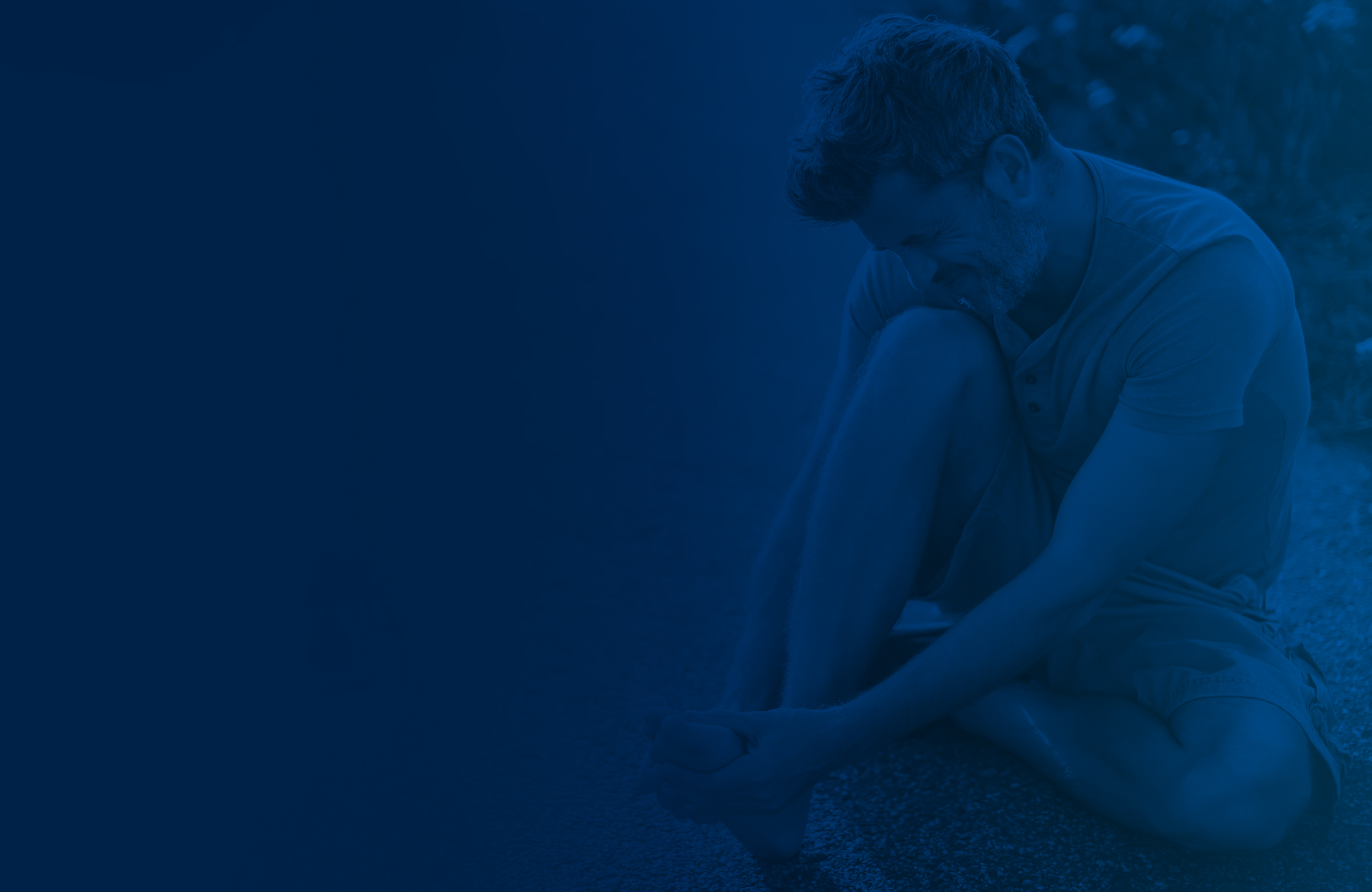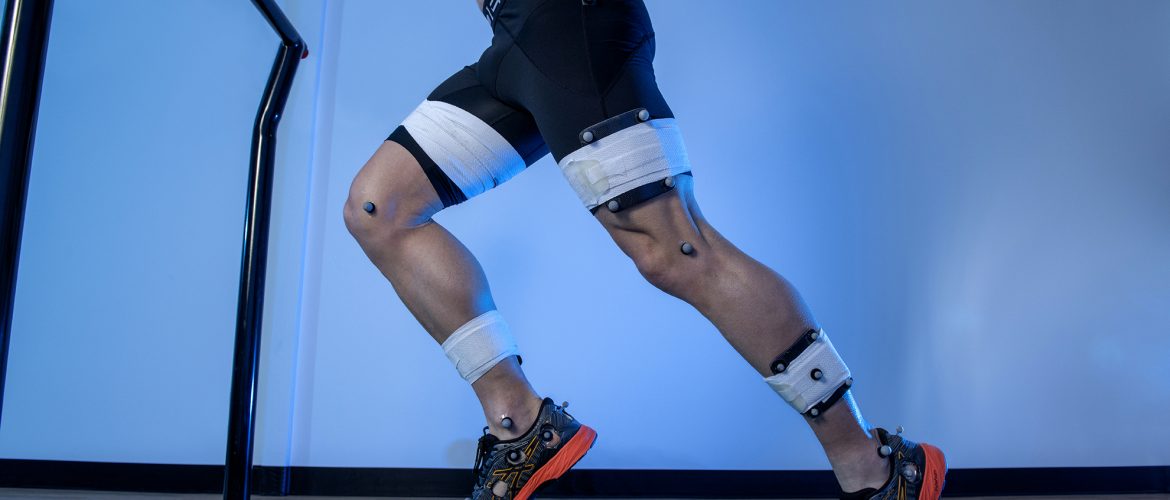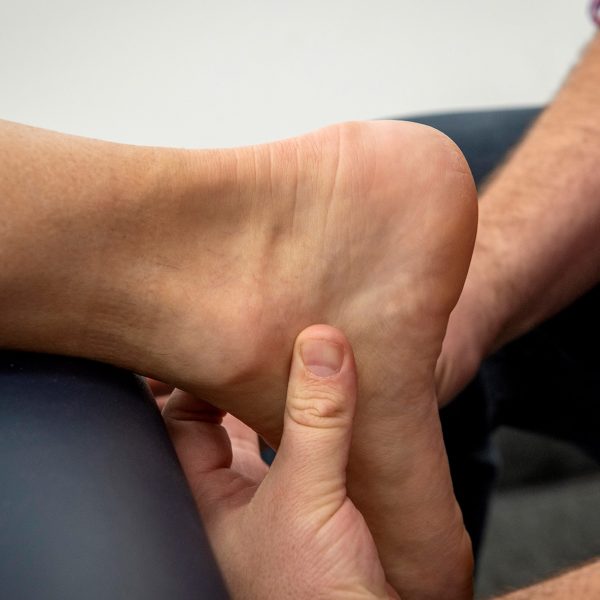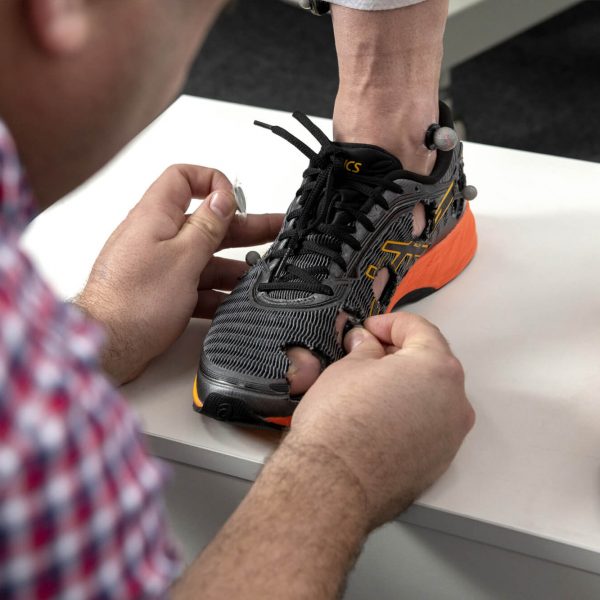Runners come in all shapes and sizes. Some with experience and some without. But there is something that unites them all – every runner wants to run further and faster. That’s a fact.
But unfortunately, most runners go about it the wrong way. And that’s when they get injured.
Our approach at The Biomechanics Lab is to build strong, robust and durable runners.
4 Strategies for Becoming a Better Runner
So how do we go about it? What are the key considerations in making you become a better runner?
Let’s give you four big ticket strategies to get you started.
1. Training prescription and load management
Most injuries occur as a result of errors in the prescription of training load. Doing too much. Too quickly. Too intense. With no rest. Having a solid plan that exposes you safely to the demands of running is a really good start.
It is always a fine balance matching the amount of load that is required to be able to meet your running goal. Yet with our expert advice, we can ensure you have a clear plan that is easy to follow.
2. Correct running biomechanics
The way you run has a lot to do with performance and injury risk. Common errors we see in runners relate to trying to run too fast or for too long, choosing the wrong shoe, trying to modify your football pattern (heelstrike/forefoot strike) and altering your cadence. These simple errors place large forces on areas of the body that can’t handle them. And that’s when injury or pain occurs.
The reality is there is not necessarily a perfect way to run. We are fortunate to have 3d gait analysis technology onsite to help us better understand how our patients run, the forces applied to their body and how their muscles are working. Any asymmetries between left or right or deficits in function often contribute to inefficiency and poor movement, and once we identify these, we can provide you a plan to fix it and get back on track.
3. Strength training
Not enough runners do strength training. And what we mean by this is a designated session in the gym with the aim to build muscle size, strength and endurance. In most runners, we see in clinic, we consider designated strength training to be just as important as actually running itself.
Not every runner has the time or commitment to run 100’s of km’s per week. Yes this will build strength naturally, but most recreational runners do need to substitute in strength sessions in the gym to improve tissue capacity and resilience. This goes a long way to reducing fatigue and injury risk.
4. Footwear
Footwear, by virtue of being the interface between the foot and the ground, can have a large effect on making running comfortable or uncomfortable. We spending a lot of time with our patients educating them about the benefits of different footwear and what is right for them.
Although we cover this elsewhere in our blog in more detail (click here to read), footwear should be a prescription. And prescribed by experts with experience in fitting footwear to the needs of the individual. We don’t let our patients be influenced by marketing trends or colours. They get the right shoe for them on their feet.
By no means is this list complete.
There are so many factors that come in to play when trying to improve running performance and staying injury free.
Managing runners is multi-factorial and unfortunately injuries do happen. And that’s frustrating. But with a bit of thought, hard work and good advice, there’s a lot you can do to help reduce your risk.
Happy running.





